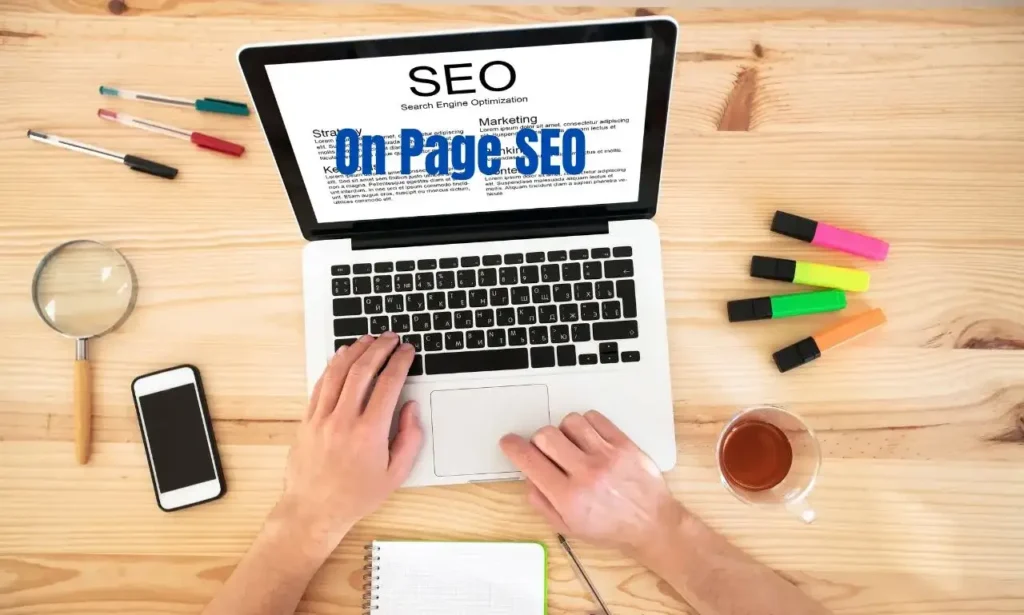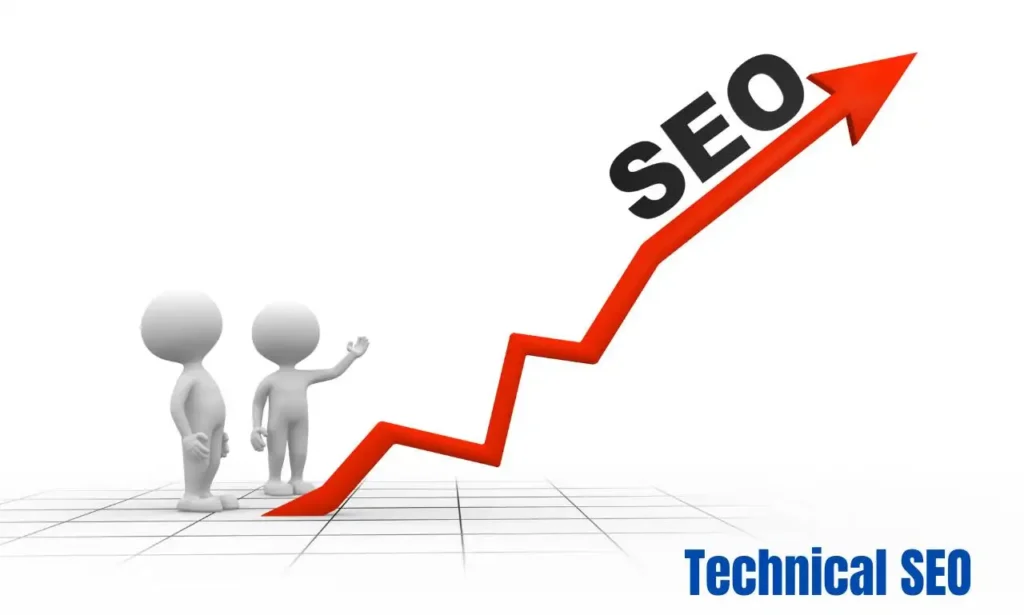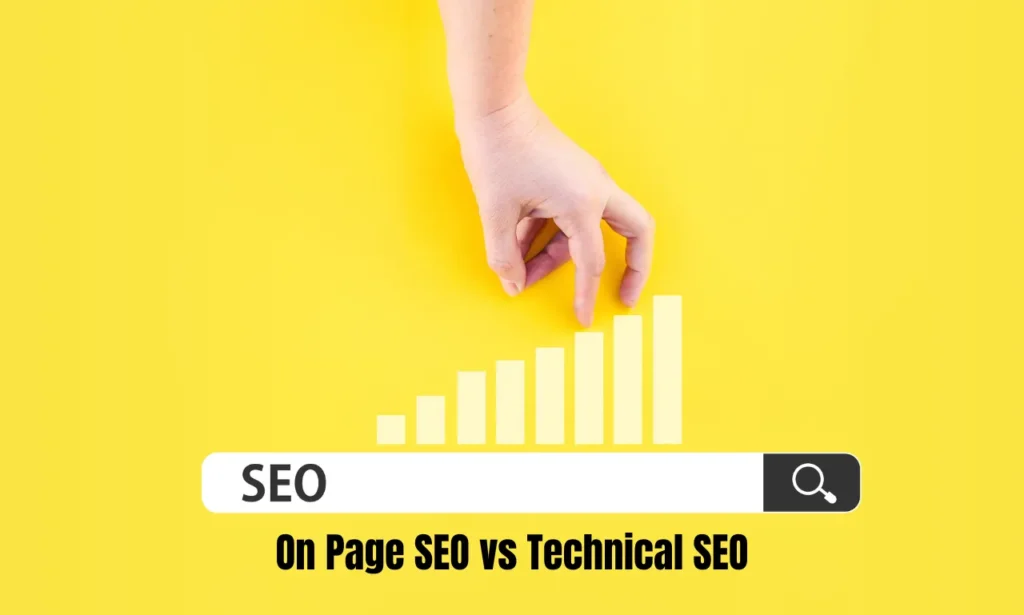On page SEO vs technical SEO, On-page SEO and technical SEO are two essential components of a comprehensive search engine optimization strategy. While on-page SEO focuses on optimizing individual web pages to rank higher in search engine results, technical SEO deals with improving the technical aspects of a website to enhance its visibility and accessibility to search engines. Both aspects are crucial for driving organic traffic and improving the overall user experience on a website. Therefore, it is important for website owners to prioritize and invest in both on-page SEO and technical SEO to achieve optimal results.
Understanding the Basics of SEO: On Page SEO vs Off-Page SEO
In the ever-evolving world of digital marketing, mastering Search Engine Optimization (SEO) is essential for businesses aiming to reach the top of search engine results. SEO encompasses a wide range of techniques and strategies, with On-Page SEO and Off-Page SEO being two fundamental components. In this article, we’ll delve into these essential aspects of SEO and clarify their distinctions.
On-Page SEO and Off-Page SEO – What Are They?
On-Page SEO is all about optimizing the content and elements within your website that you have control over. When you’re crafting your web pages, you’re essentially making them search-engine friendly. Key elements of On-Page SEO include HTML structure, content, URL optimization, headings, and image optimization, among other technical aspects.
In contrast, Off-Page SEO involves optimization techniques that occur outside your website. This includes building backlinks from other websites to your site, increasing your domain authority, and enhancing your online reputation. Off-Page SEO relies heavily on establishing connections with other websites and platforms to boost your site’s visibility and credibility.
Types of Techniques in On-Page and Off-Page SEO
Within both On-Page and Off-Page SEO, there are different techniques that can be applied, and they can be categorized as white hat, black hat, or even gray hat techniques. These designations refer to the ethical considerations and practices employed in SEO:
- White Hat Techniques: These are ethical and best-practice methods that adhere to search engine guidelines. In On-Page SEO, this may include optimizing content with relevant keywords and maintaining a clean, user-friendly website structure. For Off-Page SEO, it involves building natural, high-quality backlinks.
- Black Hat Techniques: These are unethical and often violate search engine guidelines. Black hat SEO techniques can lead to penalties and damage your website’s reputation. It includes keyword stuffing, cloaking, and acquiring low-quality, spammy backlinks.
- Gray Hat Techniques: As the name suggests, gray hat techniques fall somewhere in between white and black hat techniques. They may push the boundaries of search engine guidelines but do not outright violate them. An example might be guest posting on other websites to gain backlinks, but without explicitly buying links.
On-Page SEO
One key aspect of On-Page SEO is keyword optimization. This involves conducting thorough keyword research to identify the most relevant and high-performing keywords for your content. By strategically incorporating these keywords into your page titles, headings, meta descriptions, and throughout your content, you can increase your chances of ranking higher in search results. Additionally, another important aspect of On-Page SEO is optimizing your website’s loading speed and mobile responsiveness. Ensuring that your pages load quickly and are easily accessible on mobile devices can

Key Elements of On-Page SEO
1. Keywords and Content Optimization
- Keyword Research: The foundation of On-Page SEO is identifying relevant keywords that your target audience uses when searching for information. Tools like Google Keyword Planner or SEMrush can help you find valuable keywords.
- Keyword Placement: Once you have your keywords, strategically place them in your content. This includes the title, headings, subheadings, and throughout the body text.
- Content Quality: High-quality, informative, and engaging content is crucial. Search engines reward content that provides real value to users.
2. Meta Tags and Descriptions
- Title Tags: The title tag of your page should contain the primary keyword and accurately represent the content. It’s what users see in search results.
- Meta Descriptions: A well-crafted meta description provides a brief summary of your content, enticing users to click on your link.
3. Internal Linking
- Internal Links: Connecting your pages through internal links enhances user navigation and spreads link equity throughout your site. This can improve your site’s overall SEO.
4. User Experience and Mobile-Friendliness
- User Experience (UX): An easy-to-navigate website with clear, concise content and a visually pleasing design can lower bounce rates and encourage longer visits, signaling to search engines that your site offers value.
- Mobile Optimization: As mobile usage continues to rise, a mobile-friendly website is essential. Google now uses mobile-first indexing, making mobile optimization a must for On-Page SEO.
Best Practices for On-Page SEO
- Content Quality and Relevance: Always prioritize content quality and relevance. Make sure your content addresses the needs and interests of your target audience.
- Keyword Research and Optimization: Regularly conduct keyword research and keep your content optimized for the latest keywords and trends in your niche.
- URL Structure and Formatting: Use clean and descriptive URLs that include relevant keywords. Maintain a logical heading structure with H1, H2, and H3 tags.
On-Page SEO is a fundamental part of your SEO strategy, as it directly impacts how well your web pages rank in search results. By mastering the art of content optimization, you can improve your visibility in search engines, attract more organic traffic, and provide a better user experience for your audience. In the constantly evolving landscape of SEO, On-Page SEO remains a cornerstone of your online success.
Technical SEO
Technical SEO involves various strategies and techniques, such as improving website speed, fixing broken links, and implementing structured data markup. These optimizations help search engines understand and index your site more effectively, ultimately leading to higher rankings and increased organic traffic. By investing in Technical SEO, you can ensure that your website is easily accessible to both search engine bots and users, resulting in improved visibility and better user experience.

Key Elements of Technical SEO
1. Website Speed and Performance
- Page Loading Speed: The speed at which your web pages load is a significant ranking factor. A slow-loading site can frustrate users and lead to higher bounce rates.
- Optimized Images: Compress and properly size images to ensure faster page loading times without sacrificing quality.
2. Mobile Optimization
- Mobile-Friendly Design: Given the prevalence of mobile device usage, having a responsive and mobile-friendly design is crucial. Google’s mobile-first indexing makes this even more important.
- Accelerated Mobile Pages (AMP): Implementing AMP can help your mobile pages load quickly and provide a better user experience.
3. Site Architecture and Navigation
- XML Sitemaps: Create and submit XML sitemaps to search engines, making it easier for them to index your site’s pages.
- URL Structure: Use clean and descriptive URLs that make sense to both users and search engines. Avoid long, convoluted URLs with unnecessary parameters.
4. HTTPS and Security
- SSL Certificate: Secure your website with an SSL certificate to enable HTTPS. Not only does this boost security, but Google also favors HTTPS sites in its rankings.
- Crawl Errors: Regularly monitor and address crawl errors, such as broken links and 404 pages, to ensure a smooth user experience.
5. Indexability and Crawlability
- Robots.txt: Use a robots.txt file to control which parts of your site search engine bots can access and index.
- Canonical Tags: Implement canonical tags to prevent duplicate content issues and ensure that search engines understand the preferred version of a page.
Best Practices for Technical SEO
- Page Speed Optimization Techniques: Employ strategies like browser caching, content delivery networks (CDNs), and minimizing server response times to improve page loading speed.
- Mobile-First Indexing Strategies: Design and optimize your website with mobile users in mind, focusing on responsive design and mobile-specific SEO.
- XML Sitemaps and Robots.txt: Regularly update and submit your XML sitemaps and review your robots.txt file to ensure proper crawlability.
The Role of Technical SEO
While we’ve discussed On-Page and Off-Page SEO, it’s important to note that Technical SEO is a crucial aspect that often overlaps with both. Technical SEO involves optimizing the technical aspects of your website for search engines. This can include improving website speed, ensuring mobile-friendliness, optimizing site architecture, and fixing crawl errors. It is not a sub-part of On-Page or Off-Page SEO but a separate and vital component.
In summary, On-Page and Off-Page SEO are two types of SEO, each with its set of techniques. On-Page SEO focuses on optimizing content and elements within your website, while Off-Page SEO centers around activities external to your site that boost its authority and credibility. Understanding the distinctions between white hat, black hat, and gray hat techniques is crucial in executing an effective SEO strategy.
Stay tuned for our next article, where we’ll delve deeper into the world of Technical SEO and explore its role in enhancing your website’s search engine visibility. To stay updated on all things SEO, be sure to subscribe to our channel and press the bell icon for notifications. If you have any questions or doubts, feel free to leave a comment below. Your feedback and engagement are essential for us as we continue to provide valuable insights into the world of SEO.
On Page SEO vs Technical SEO
Differences:

- Focus and Objectives: On-Page SEO primarily focuses on content and user experience, aiming to provide valuable content that satisfies user queries. Technical SEO is more concerned with the infrastructure and technical performance of the website, making it easier for search engines to crawl and index.
- Immediate Impact vs. Long-term Effects: On-Page SEO changes can often have a more immediate impact on rankings and user experience. Technical SEO, on the other hand, lays the foundation for long-term search engine success by ensuring the website’s technical health.
- Who Should Be Involved: Content creators, copywriters, and marketers play a significant role in On-Page SEO, while developers, webmasters, and technical experts are crucial for Technical SEO.
The Interplay Between On-Page and Technical SEO
On-Page SEO and Technical SEO are not mutually exclusive. They work in harmony to improve a website’s performance. For example, On-Page SEO ensures content quality and relevance, while Technical SEO ensures that search engines can access and understand that content. A website that successfully combines both strategies will see improved rankings and user satisfaction.
Thank you for joining us on this SEO journey, and we look forward to sharing more insights in our upcoming articles.
Additional Guide
Discover the benefits of keyword research in optimizing your online presence. Strategic keyword research can enhance website visibility and digital marketing efforts. Explore the world of SEO to boost your online success. Visit the Benefits of Keyword Research page.
Conclusion
In conclusion, Additionally On page SEO vs technical SEO, Technical SEO focuses on optimizing website speed, mobile-friendliness, and site structure, which are crucial factors for search engine rankings. On the other hand, On-Page SEO involves optimizing meta tags, headings, and keyword usage to enhance the visibility of a website’s content. By integrating both approaches, a website can achieve higher visibility in search results and provide a seamless user experience.

